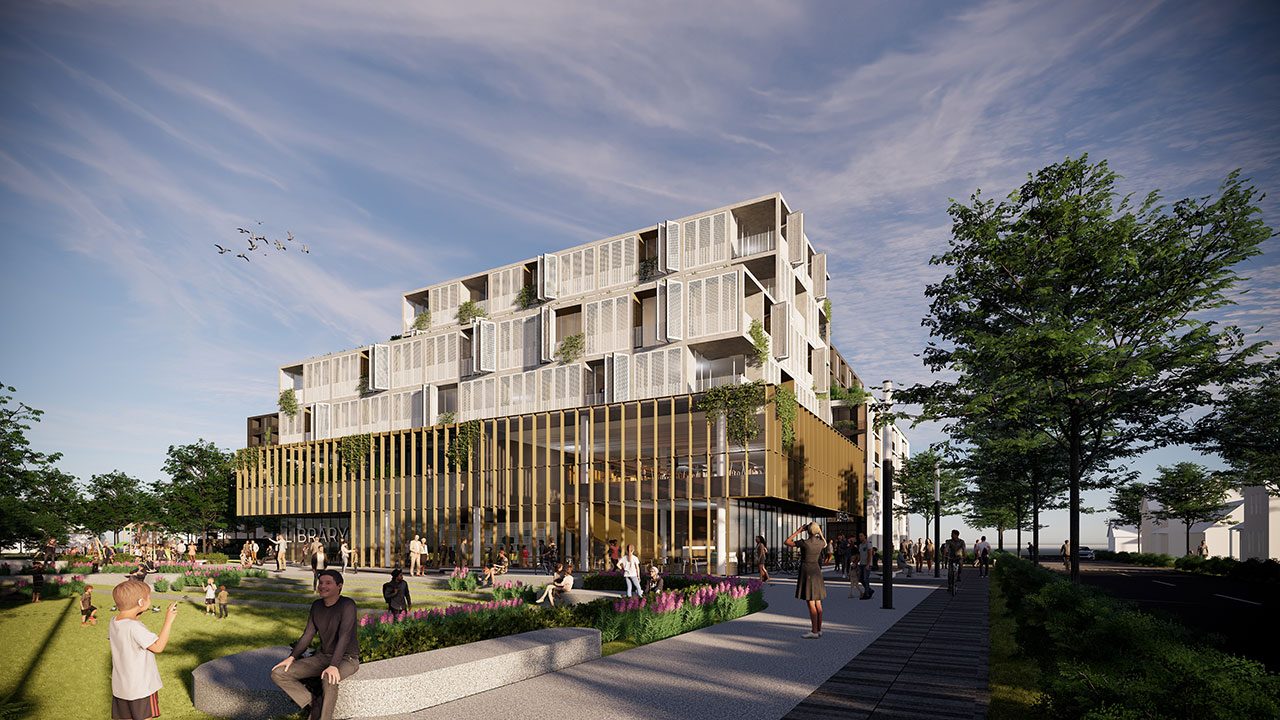This article is from the Australian Property Journal archive
A FORMER CSIRO research site spanning 9.34 hectares in Melbourne’s south east has been given the green light for a half-billion dollar residential development that will yield more than 1,000 dwellings.
Local private Sunkin Property Group acquired the Highett property at 37 Graham Road and 32 Middleton Street in the middle of last year for $90 million, more than a year after the CSIRO put the infill site to the market.
Some $30 million was spent cleaning up the asbestos-contaminated Highett land.
The facility’s closure and sale was part of the CSIRO’s 10-year plan to cut operating costs of its $1.7 billion property portfolio, although the poorly managed program saw costs actually increase by 43% as of 2019, according to an audit office report.
Sunkin’s plans included townhouses, apartments and loft-style homes spread across 14 complexes of between two and seven levels.
Sunkin will deliver four hectares of parkland surrounding the development to the Bayside City Council, including a new public park and conservation reserve, while Sunkin will underground of overhead power lines along Graham Road.
Also proposed are new public library, a maternal and child health centre, wellness and fitness facilities, a resident’s gym and pool, as well as cafés.
In close proximity are Highett Train station and the Highett town centre.
Sunkin Property Group general manager development Lloyd Collins said community suggestions and ideas were included in its proposed amendments.
“We are delighted that council has approved this development plan and we look forward to continuing to work in partnership with council and the wider community to deliver this much-needed development.
“We are seeing pent-up demand within the Bayside area and believe our park setting and connection to the station and vibrant town centre retail will be highly attractive to local buyers.”
The ClarkeHopkinsClarke is expected to generate 280 jobs during construction, and once complete, will support deliver traders $50 million expenditure per annum by 2032.




